Use it or lose it!

I love Koala Bears!
There is something undeniably cute and silly about them. Koalas are also a great cautionary tale about the health of your brain and nervous system.
The medical statistics for Cognitive Decline and/or Alzheimer’s disease are warning us all to take better care of the health of our brains. There are many theories about the potential causes and many approaches to the treatment of these terrifying conditions.
As yet, no one has proven an exact cause or a complete cure, but there are some solid theories that are showing promise and giving many people some hope.
If you want to learn the ins and outs of why Cognitive Decline and Alzheimer’s Disease happen, I recorded a podcast on it a while ago.
In this three-part series, I wanted to speak about revitalizing your nervous system and brain in a fun and ‘memorable’ way.
Any conversation about the health of your brain and preventing degeneration needs to be about Neuroplasticity. Neuroplasticity is the science of how your nervous system, your mind and your brain can learn, repair themselves, stay active and avoid loss of function for as long as possible.
One of the best ways to improve your Neuroplasticity is through complex movement. Sports, hobbies, and practices that keep you active and invested in your Mind/Body interactions and interconnections are a good start. If you want to maximize your Neuroplasticity, you will benefit from a combination of as many of the below opportunities as possible.
- Standing or Moving Meditation
- Deep Stretching
- Resistance Training
- Breathwork
- Prolonged Stillness
- Regular Complete Silence (or natural sounds like rain falling)
- Anything that includes or combines Dancing, Singing, and Music
Standing or Moving Meditation practices like Qi gong, Tai Chi, and Yoga are popular approaches to reconnecting with your body, posture and breath. By staying on your feet, feeling into your alignment and posture you are putting a natural load on your skeleton and nervous system. By adding gentle and precise movment you are activating deeper parts of your instinctual nervous system which remind your stress hormaones that you are an apex predator, or other kind of wild animal. Think of this opportunity as your bodiy’s happy place.
I will discuss the other opportunities in Part Two, Maximizing Neuroplasticity.
Before we get into all of the details, we should about what happened to the Koala and how they can help warn us about the biggest brain challenges in modern life.
What is so Bad about Being a Koala?
Over the last 25 million years, the natural bioregion of Koala Bears has changed profoundly. These changes have forced Koalas to evolve from being relatively agile and competitive marsupials, to being basically stuck in one kind of a tree eating one kind of leaf. Over those countless millennia, Koalas have lost some of their natural neurophysiology and brain size due to a lack of need for complex movement.
And then there is their weird diet…
It is a common belief that Koala Bears are slow and kind of dumb because they are always high on Eucalyptus leaves. That is not actually true. It turns out that Eucalyptus leaves are mildly toxic – and not in a fun way. The combination of living off of a high fibre, low nutrient, and mildly nauseating food source makes our cute furry friends weak, irritable, and in need of a lot of rest.
If you, or any other animal, move into an environment with a poor diet and no need for coordination, the end result will be a smaller brain. In the modern screen watching and snack munching world, we are all flirting with becoming more like a Koala.
One of the most essential aspects of your Mind/Body connection is called Proprioception, which means ‘perception of movement and position’. We have all seen what happens if you get pulled over by the police and given a sobriety test. You get to walk in a straight line and try and touch the tip of your nose with your finger. That is a test of your Mind/Brain/Body coordination or Proprioception.
If you want to support your brain, then explore and challenge your Proprioception. We will get into the details in Part Two.

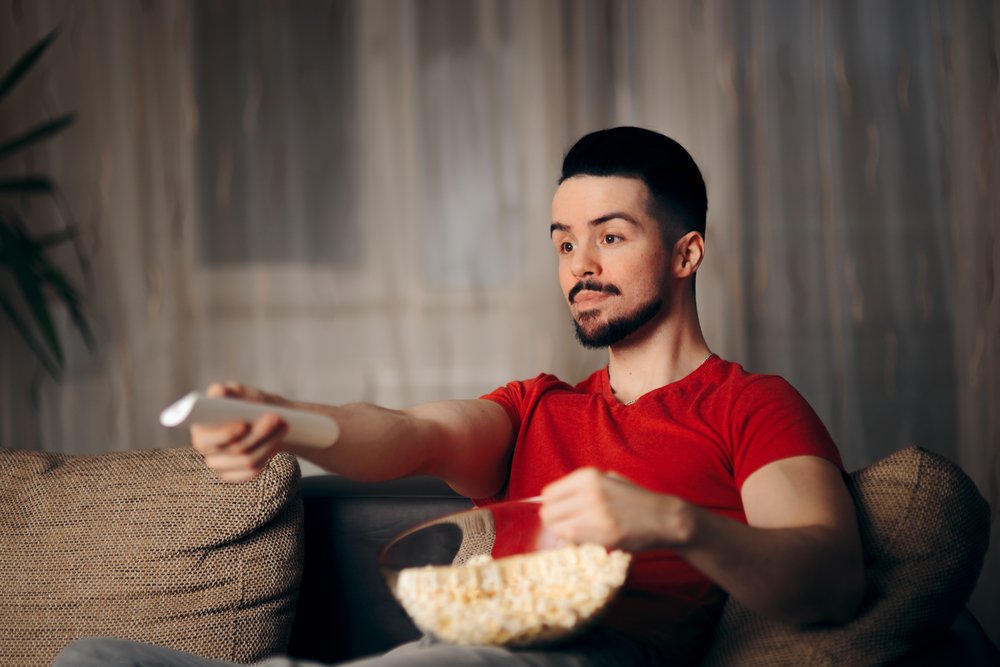
Our Modern Environment
I could pick any of the many changes in modern life that are not so good for our brains, but for this conversation, I am going to focus on two. Too much sitting and an inflammatory diet.
If you make your money and/or you have your fun sitting in a chair watching a screen, you will need to make up for that lack of movement in some way. People who sit too much are at a higher risk for the following chronic and progressive conditions:
- Muscle Atrophy
- Obesity
- Postural problems
- Anxiety and Depression
- Cancer
- Heart Disease
- Diabetes
- Varicose Veins
- Deep Vein Thrombosis
It is one thing to get up every 45 minutes and walk around, it is another to ensure that each of your body’s needs are met and maintained for long term benefit.
If you eat an inflammatory diet, you NEED to heal your gut, put out the fire inside your immune system, and repair the structure of your brain. An inflammatory diet damages your gut lining, your microbiome, your immune system, and your ability to produce Neurotransmitters. If the inflammation becomes systemic, your brain will begin a very gradual process of degeneration.
If you want some guidance on a Nutrient Dense and anti-inflammatory diet, check out this article.
Complex Movement is the Answer
Today, we are all fortunate because we have easy access to many options to avoid the fate of the lazy Koala!
In most parts of the developed world, you can join a Tai Chi, Yoga, Qi Gong, Martial Arts, Pilates, and/or Ecstatic Dance class almost any day of the week.
I have had mentors, especially those in their 80’s and 90’s, who were still very fit very mentally agile. These people only started to seem ‘old’ about two to three weeks before they actually passed away. I think most of us would prefer to live a long and healthy life that does not end after a few years in a care facility.
The old adage is true, ‘You have to use, or you will lose it!’
I hope this encourages you to get back into your body. In the next instalment in this series, I will introduce you to The Six Zones of Neuroplasticity. These six unique qualities of movement and intention create more complexity in any movement by building layers of association between your Mind and Body, creating more complex neural networks in your brain.
It is all about challenging your Proprioception while creating Meaning.
Part Two – Maximizing Neuroplasticity

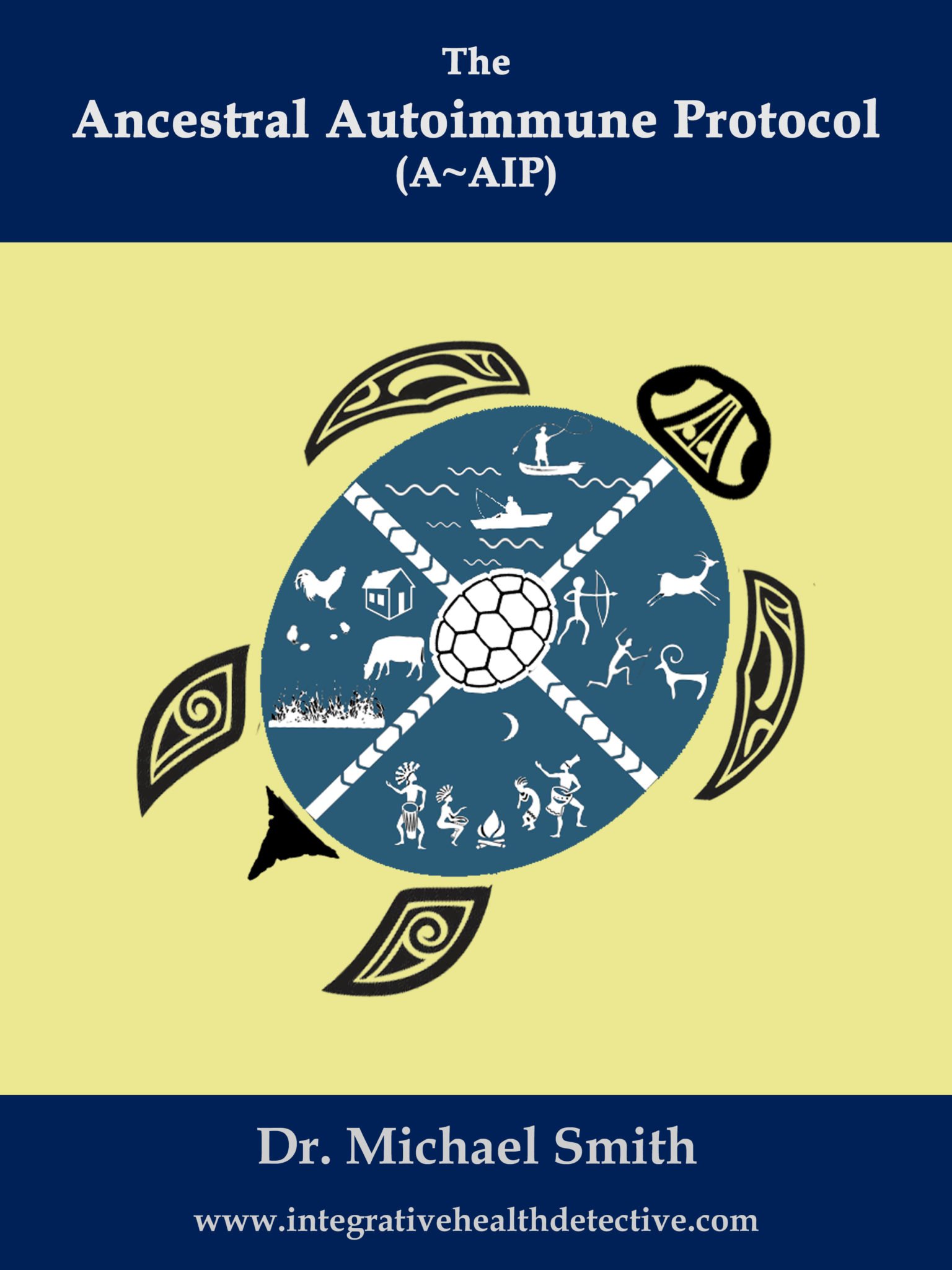
YES! Please send me a FREE copy of the Autoimmune Protocol Ebook!
Begin your healing journey with this 65-page guide to understanding Autoimmune Disease and the Ancestral approach to restoring healthy immune function while repairing your body from the inside out.
Sign up for a regular newsletter offering you the information and inspiration that has helped thousands of people heal their lives!
We respect your privacy.
You will only receive your FREE Ebook and our newsletter.
Recent Blog Posts
What is Neuro Somatic Therapy?
True Mind/Body Medicine [...]
A Healthy Food Mindset
A Healthy Food Mindset [...]

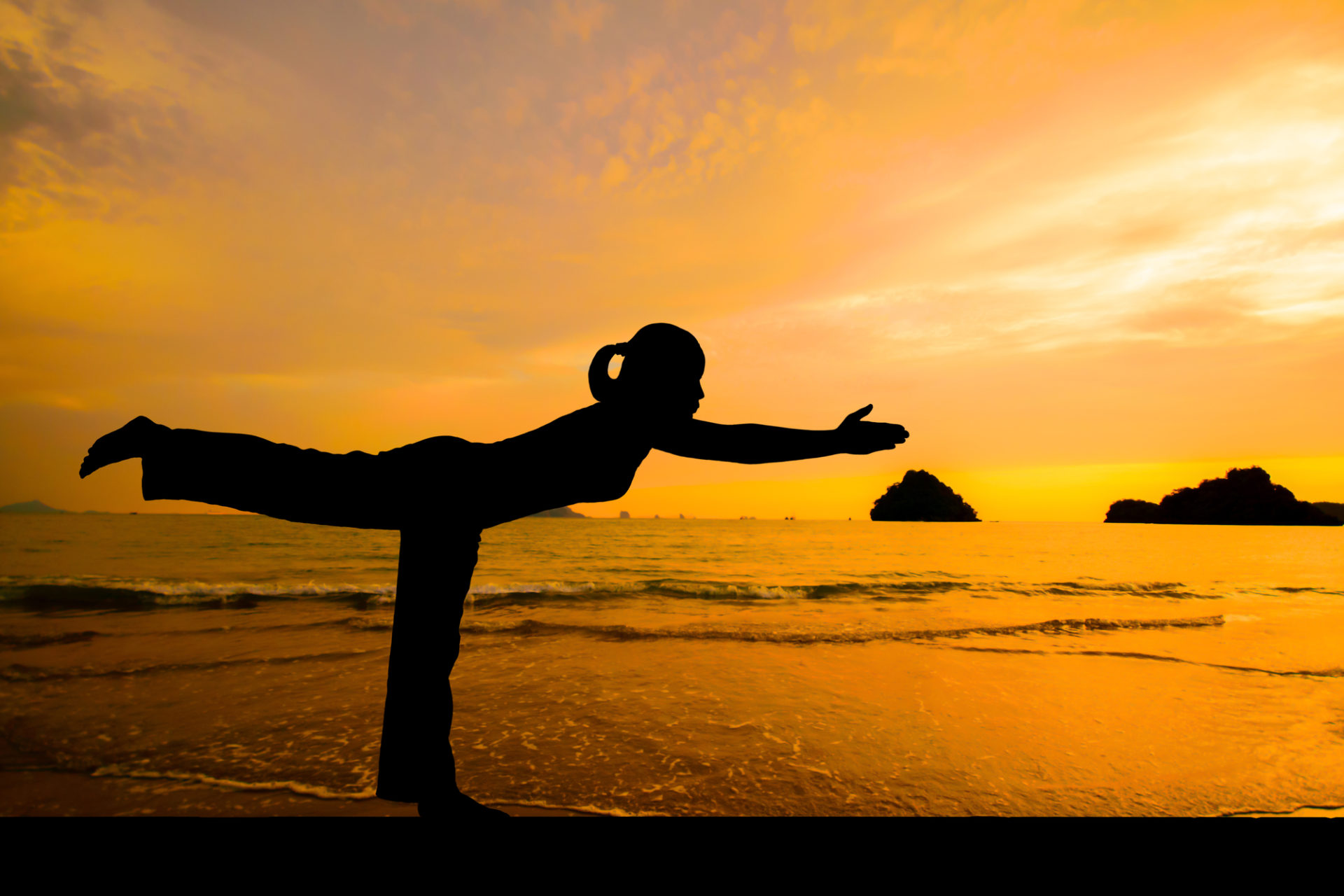

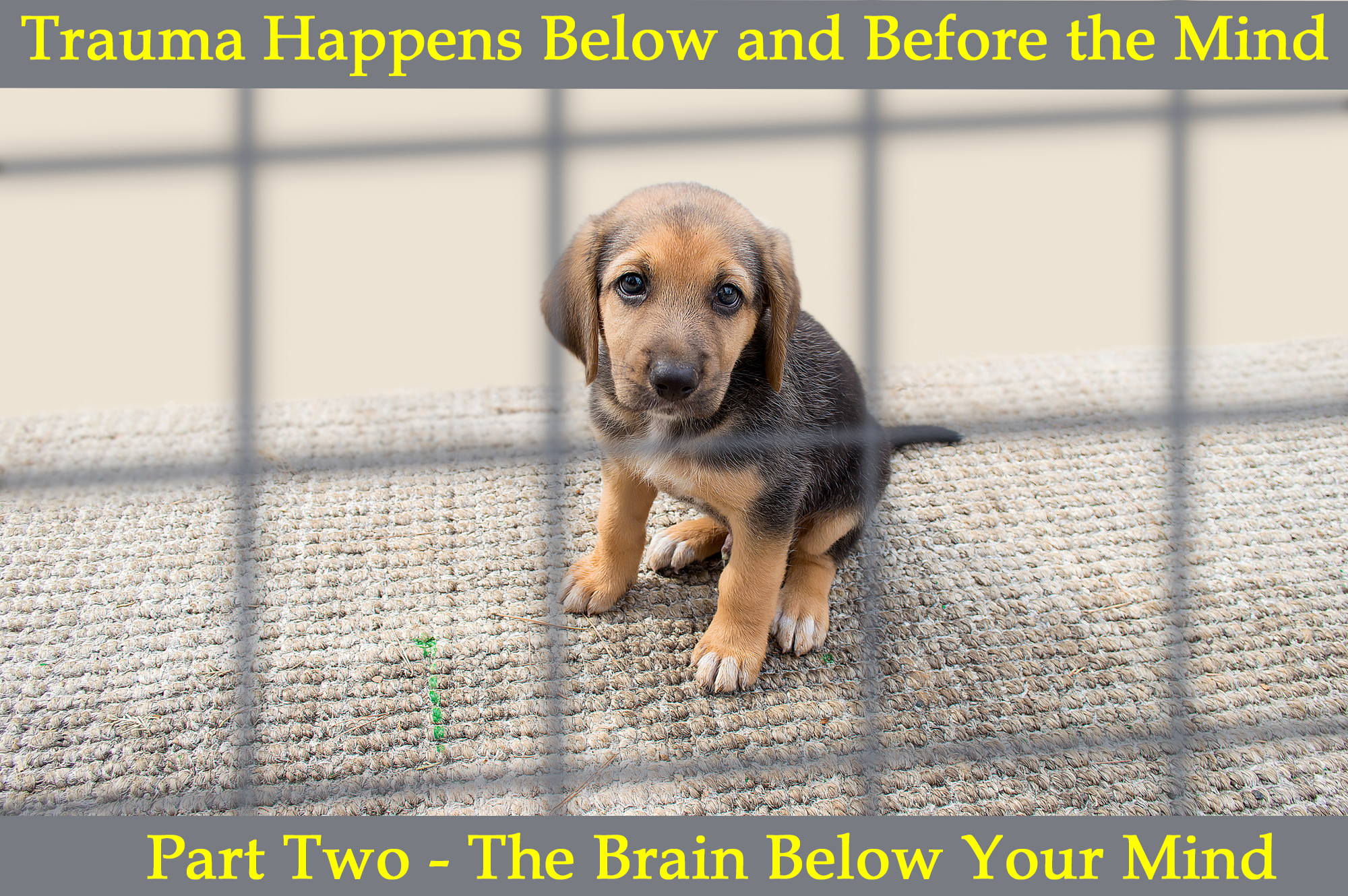
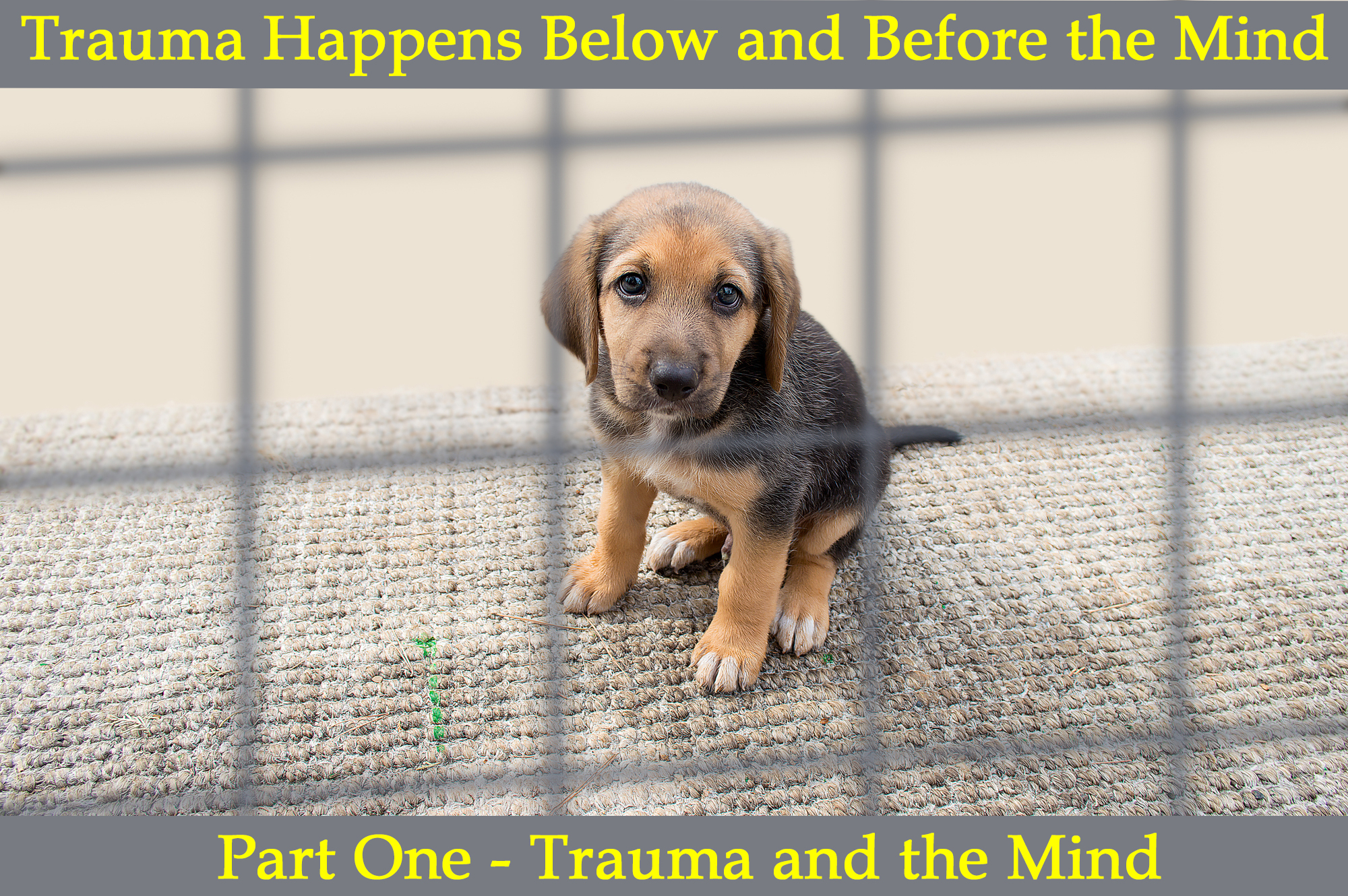

Leave A Comment